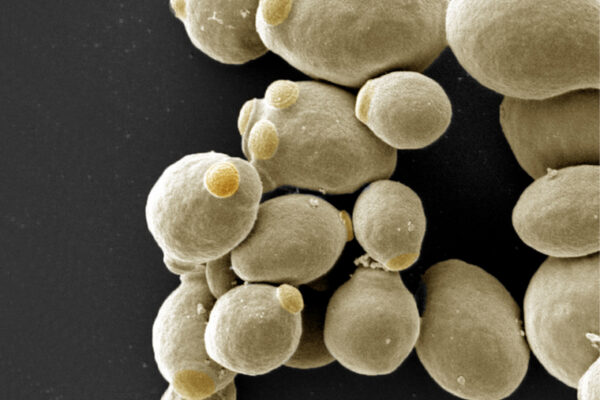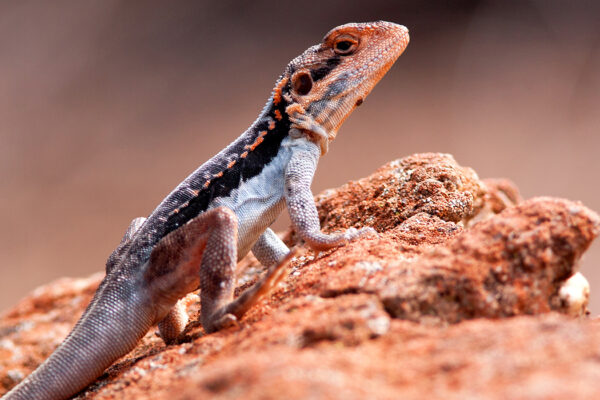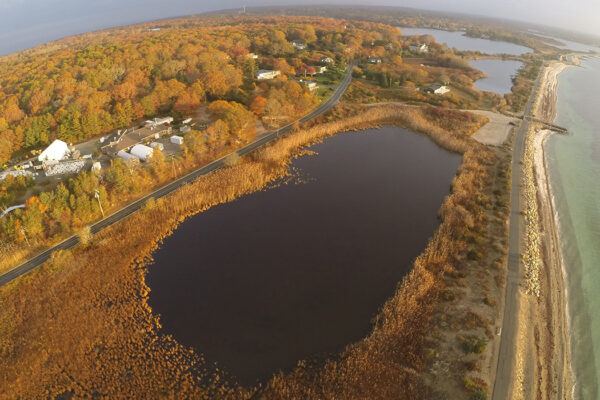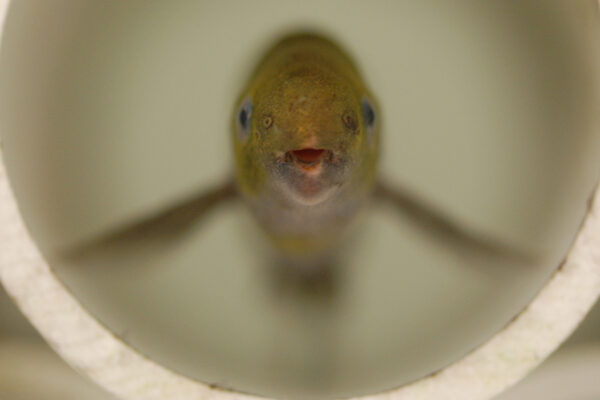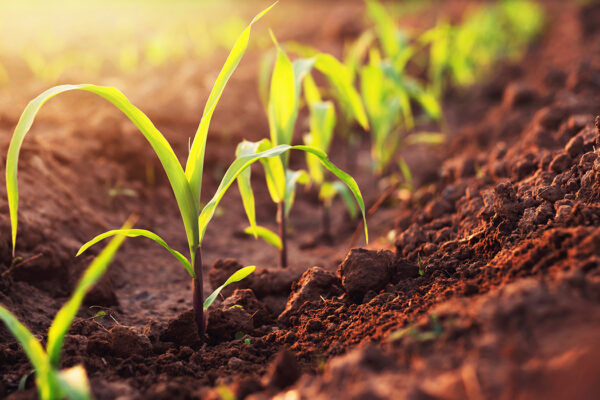NIH awards Brent nearly $2M
Michael Brent at the McKelvey School of Engineering plans to make a new map and model of the information-processing machinery in cells with a five-year nearly $2 million grant from the National Institutes of Health (NIH).
Vahey receives NIH grant
The National Institutes of Health (NIH) has awarded Michael Vahey, at the McKelvey School of Engineering, a two-year $433,125 grant for research into virus vulnerability.
If I never knew you
A study with Australian reptiles establishes a new return-on-investment method of determining species that are a priority for taxonomic research: undescribed species that are likely already threatened.
A ‘jolt’ for ocean carbon sequestration
Global oceans absorb about 25% of the carbon dioxide released into the atmosphere when fossil fuels are burned. Electricity-eating bacteria known as photoferrotrophs could provide a boost to this essential process, according to new research from biologist Arpita Bose in Arts & Sciences.
Electric fish — and humans — pause before communicating key points
Biologist Bruce Carlson in Arts & Sciences draws parallels between human language and electric communication in fish. His new research published in Current Biology reveals an underlying mechanism for how pauses allow neurons in the midbrain to recover from stimulation.
Made in the shade or fun in the sun
A new study from the laboratory of Rick Vierstra in Arts & Sciences helps explain how proteins called phytochromes respond to light intensity and temperature, thus enabling land plants to colonize the planet many millions of year ago.
A seedy slice of history: Watermelons actually came from northeast Africa
Using ancient DNA and tools from the modern genomic age, Susanne Renner in Arts & Sciences discovered that domesticated watermelons most likely came from wild crop progenitors near Sudan.
Zaher wins NIH grant
Hani Zaher, associate professor of biology in Arts & Sciences, won a four-year $1.2 million award from the National Institutes of Health (NIH) for a project titled “Reading Frame Maintenance by the Ribosome during Stalling.”
Hamlin wins 2021 Stalker Award
Irene Hamlin, a senior majoring in biology with a minor in medical humanities in Arts & Sciences, will receive this year’s Harrison D. Stalker Award, in recognition of outstanding scientific scholarship with significant contributions in the arts and humanities.
Wilder wins 2021 Quatrano Prize
Dani Wilder, a December 2020 graduate of the biochemistry track of biology in Arts & Sciences, will receive the Ralph S. Quatrano Prize. It is awarded to the thesis showing the greatest evidence of creativity in design, research methodology or broader scientific implications.
Older Stories
